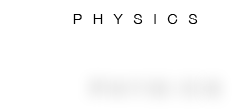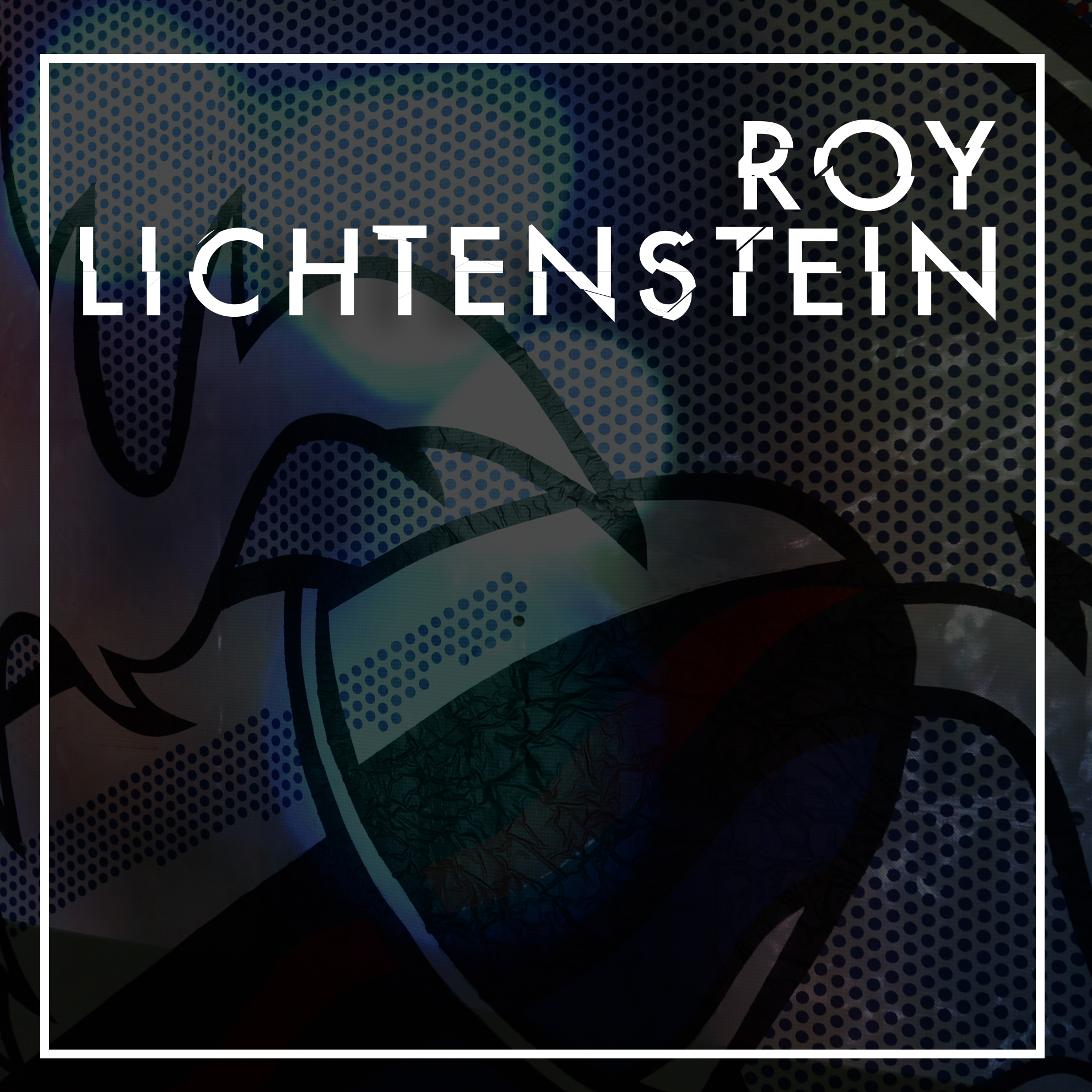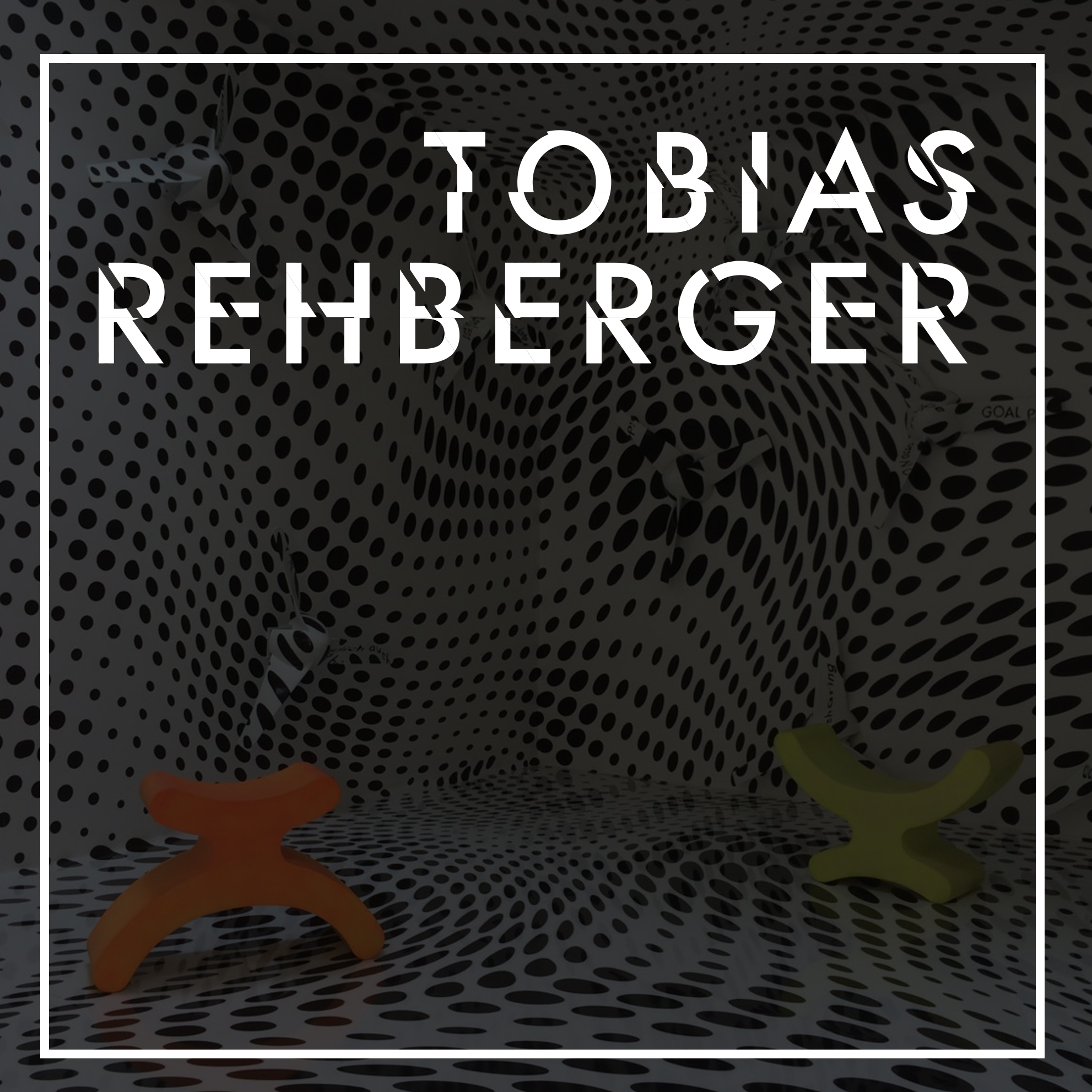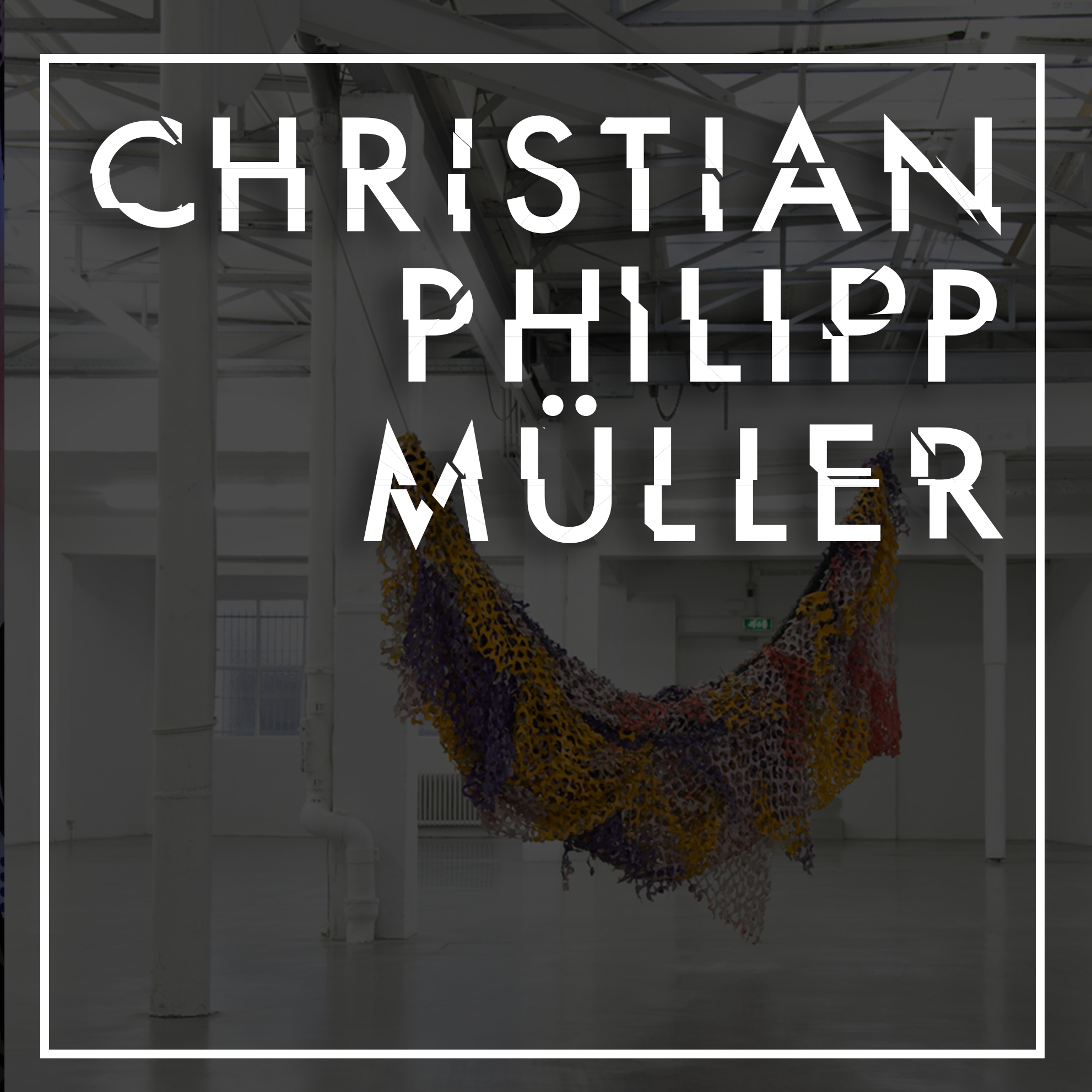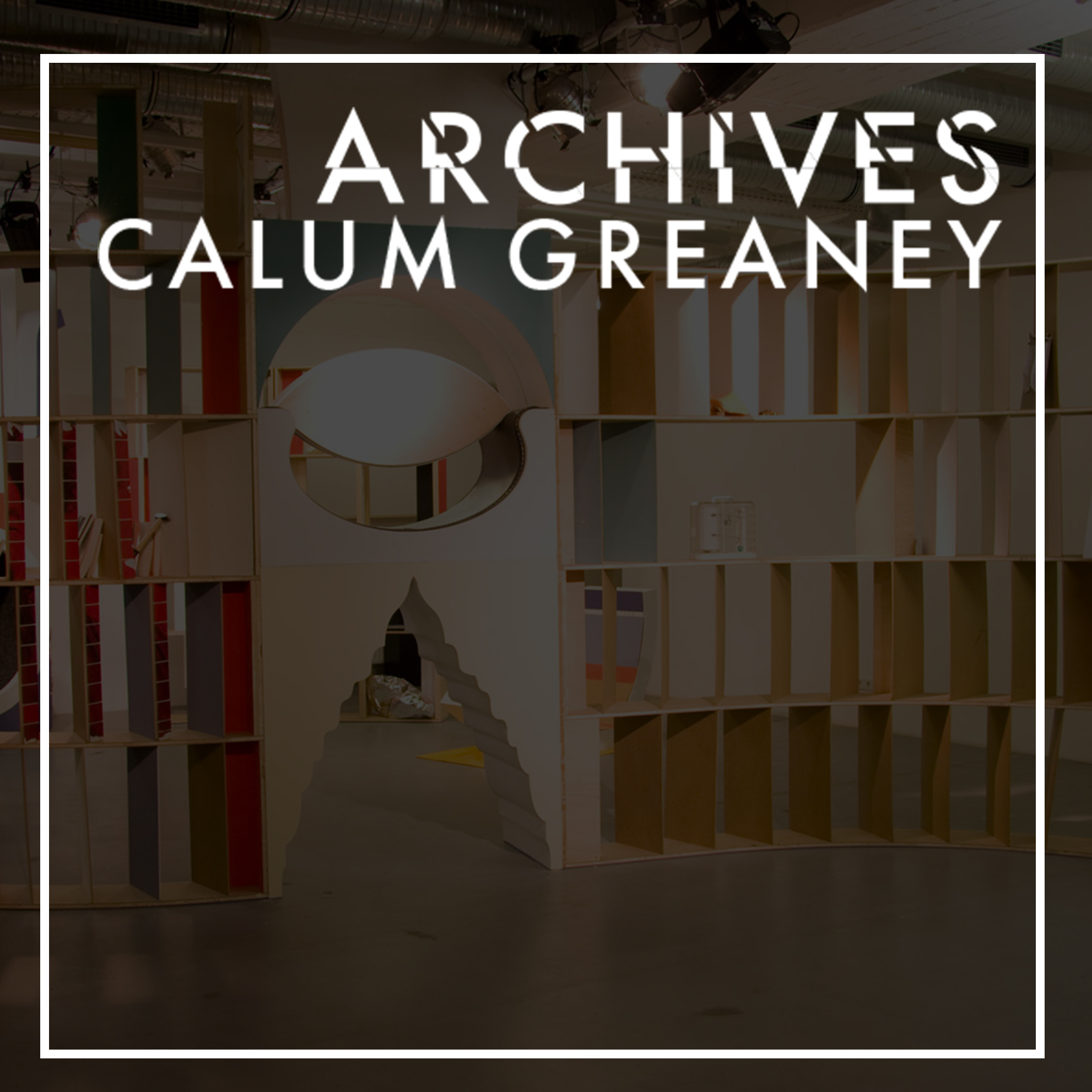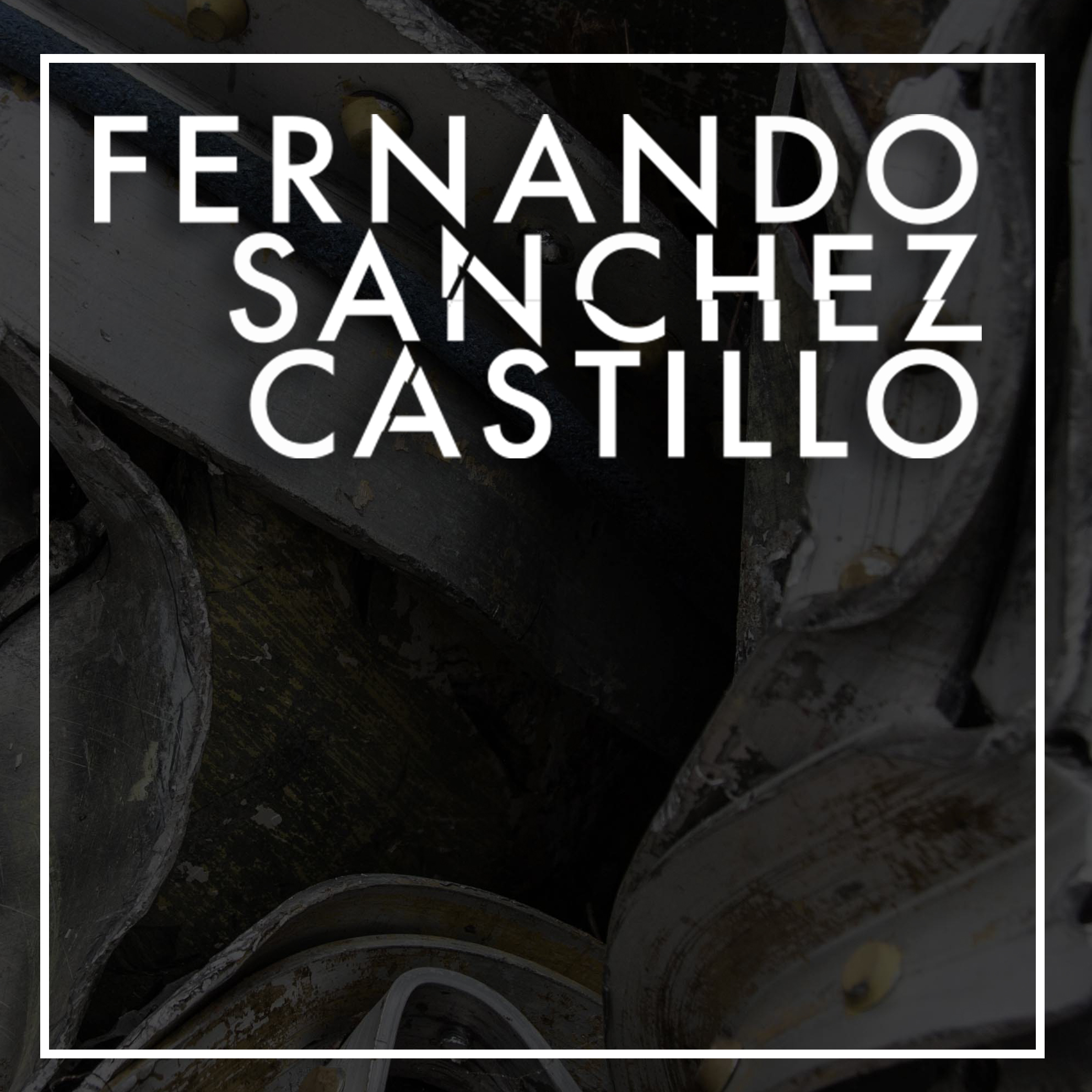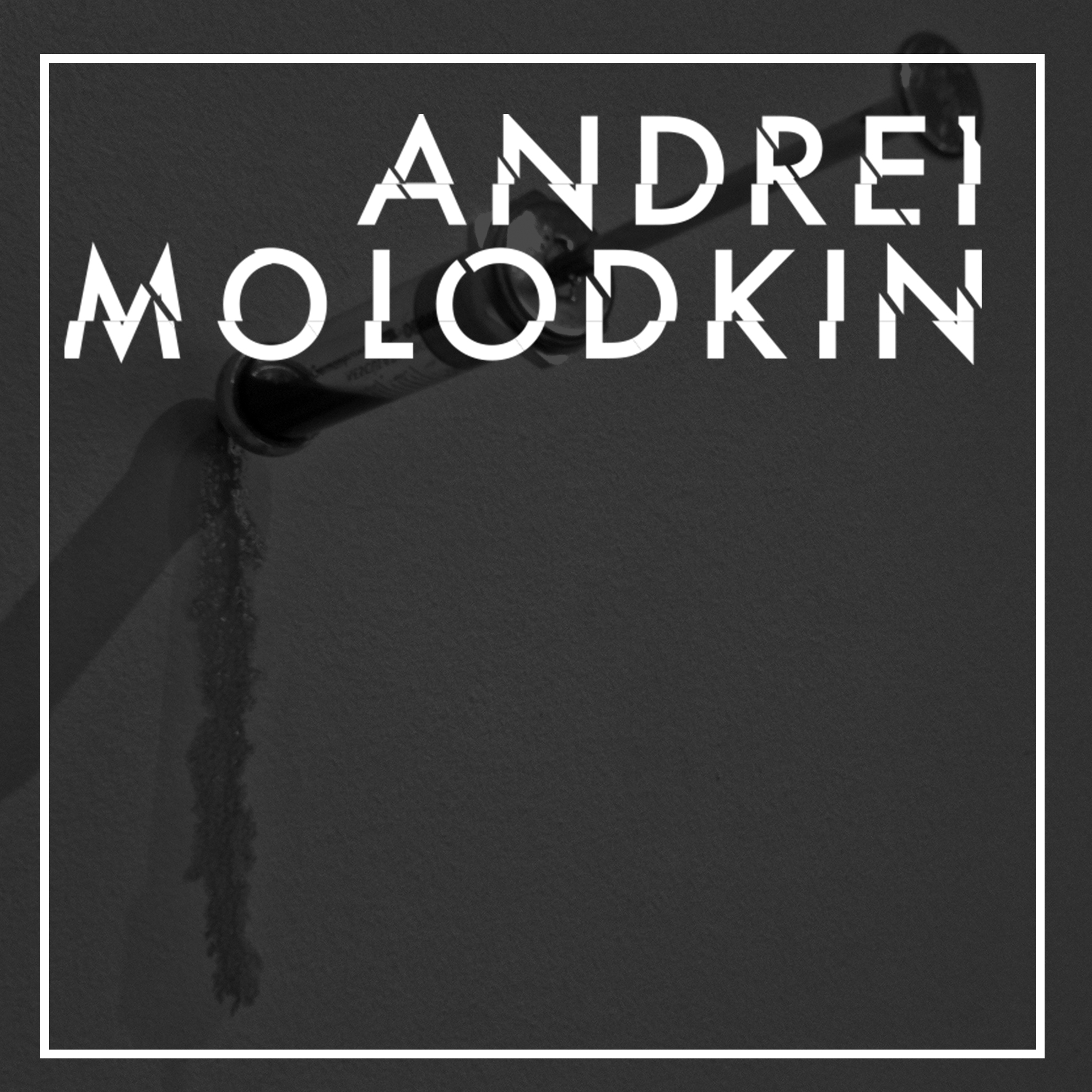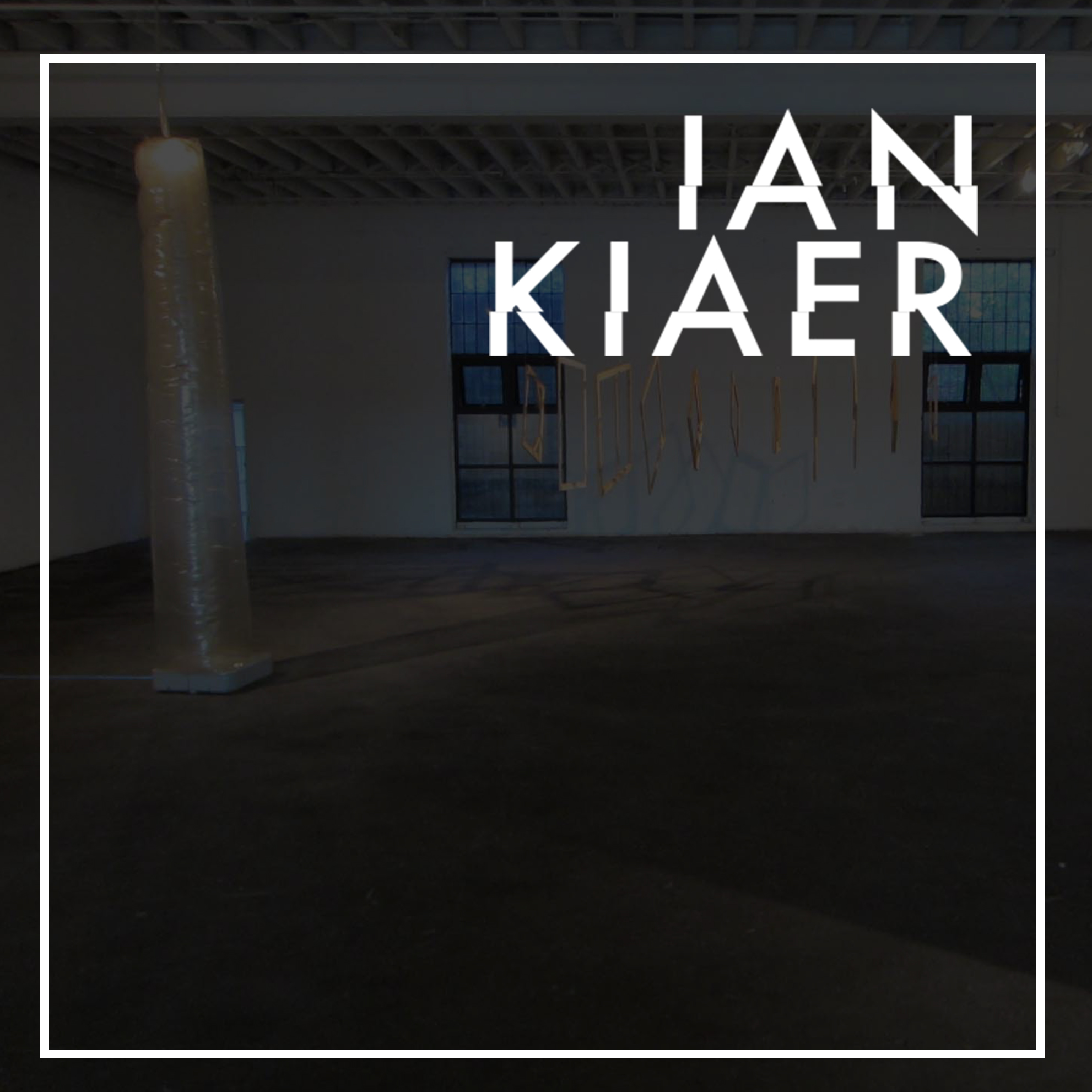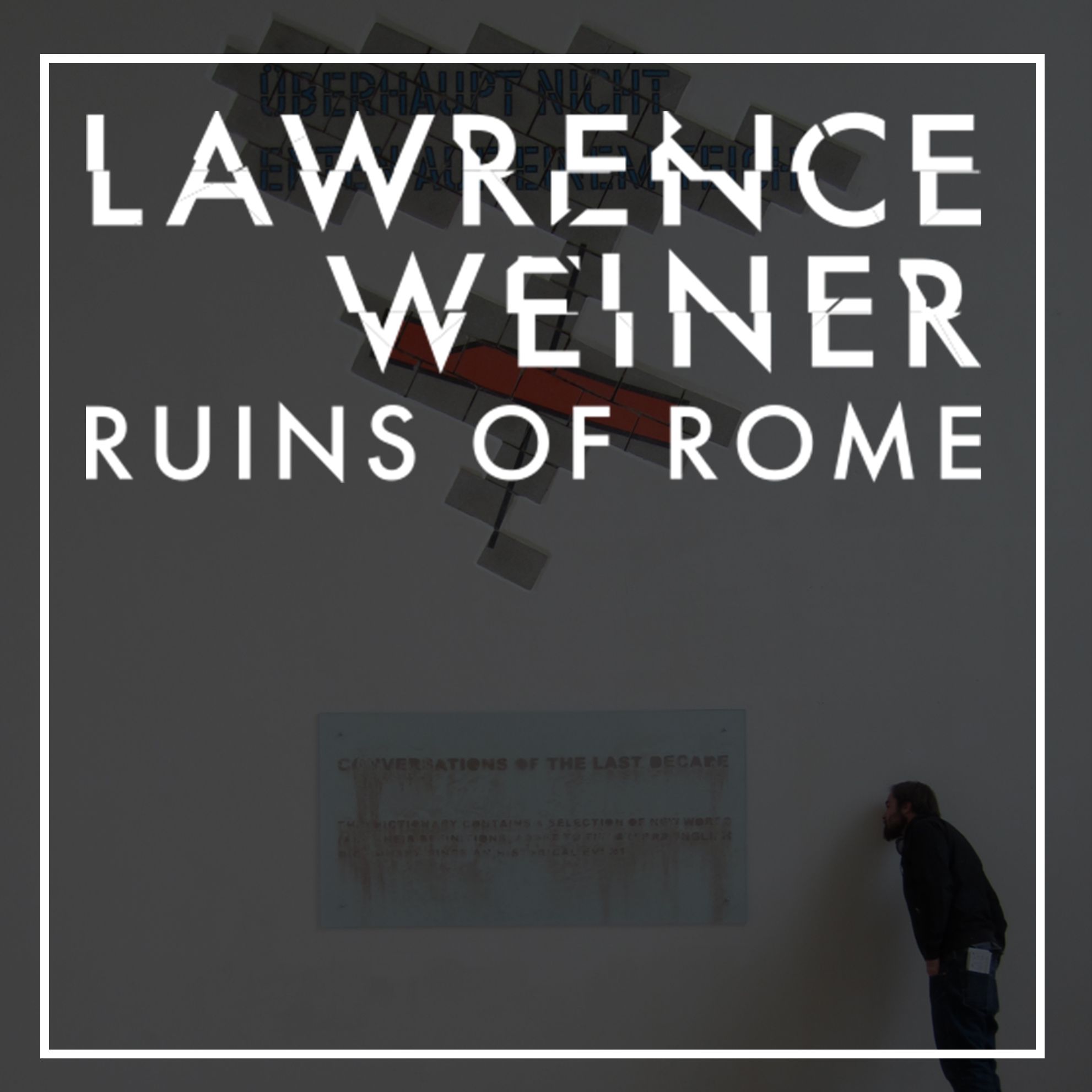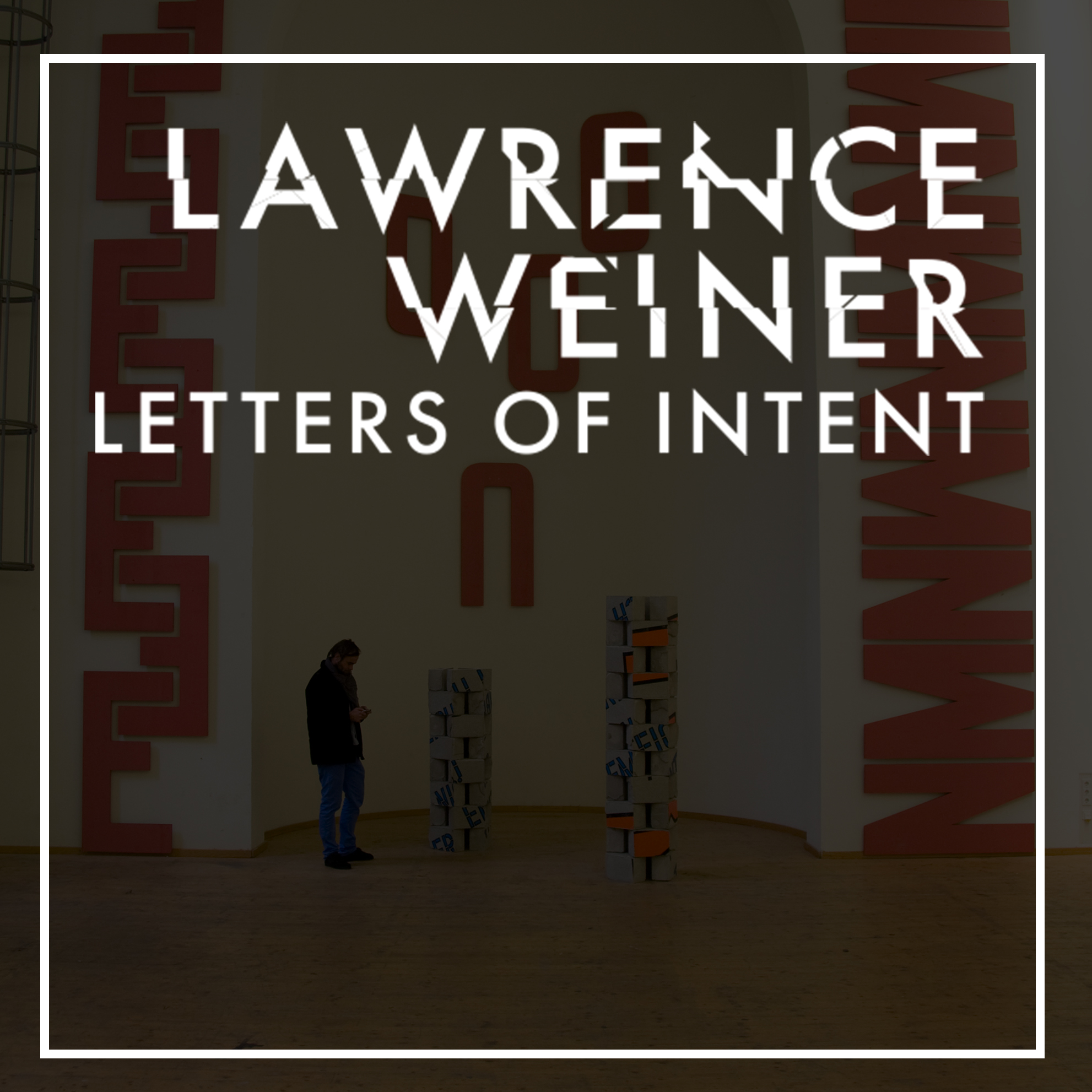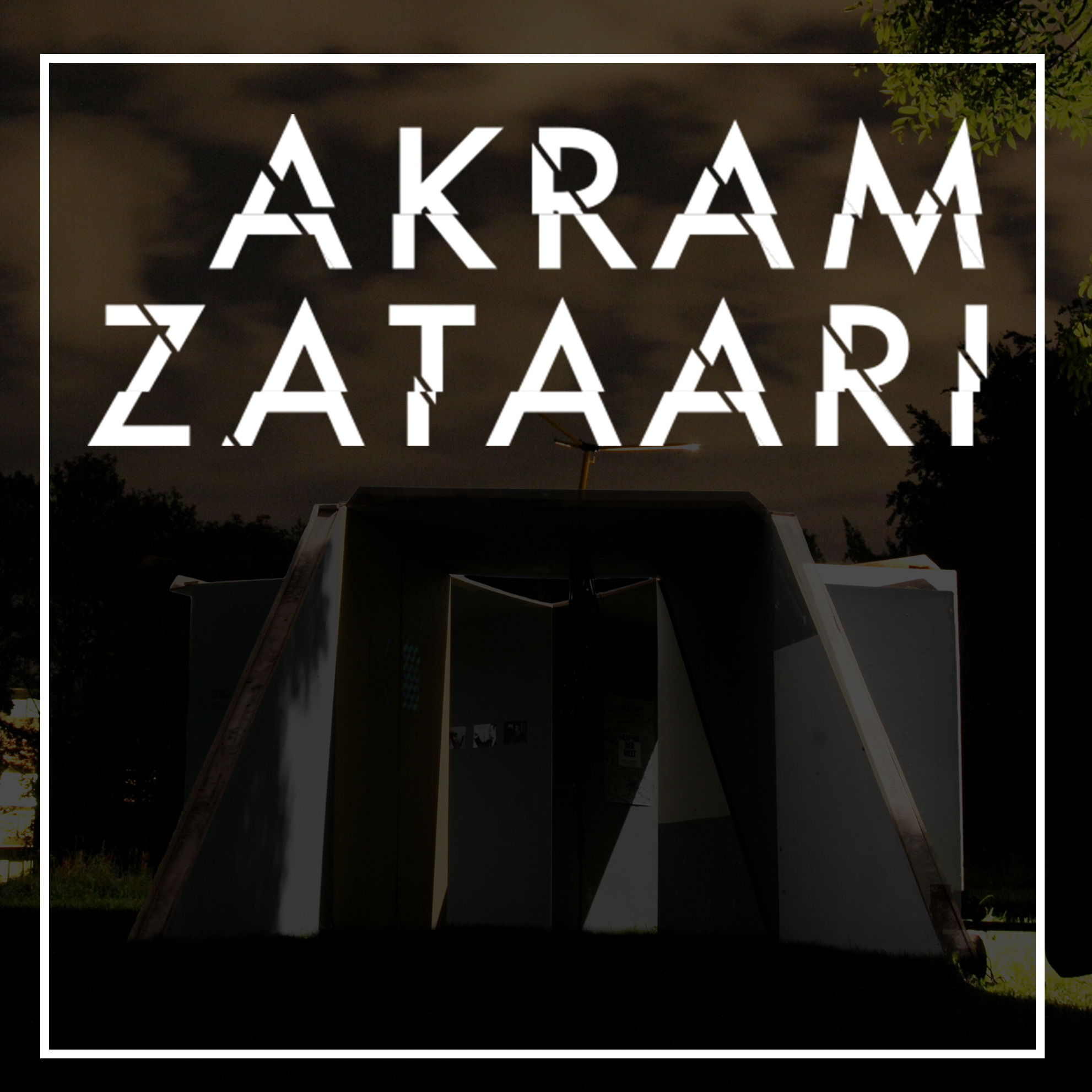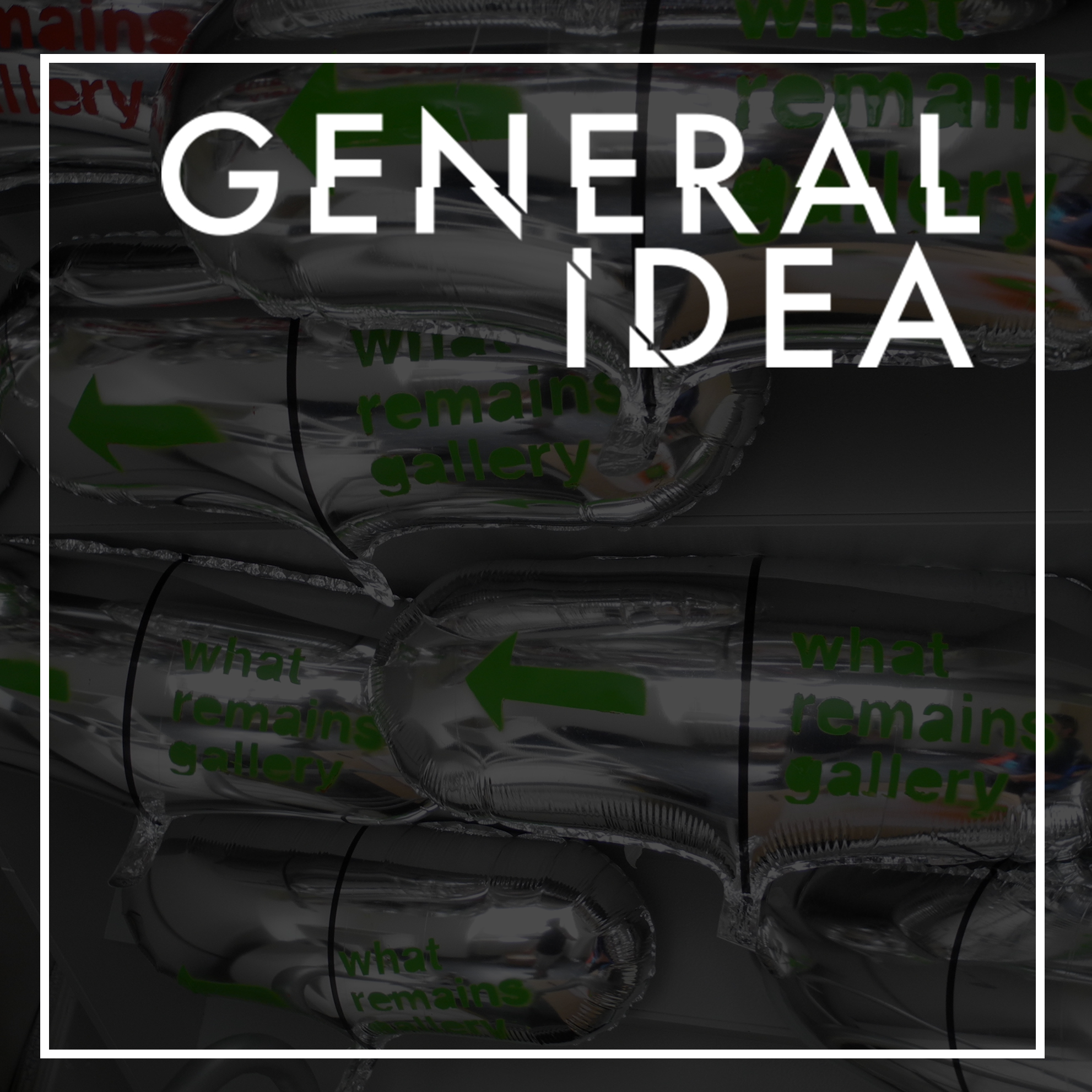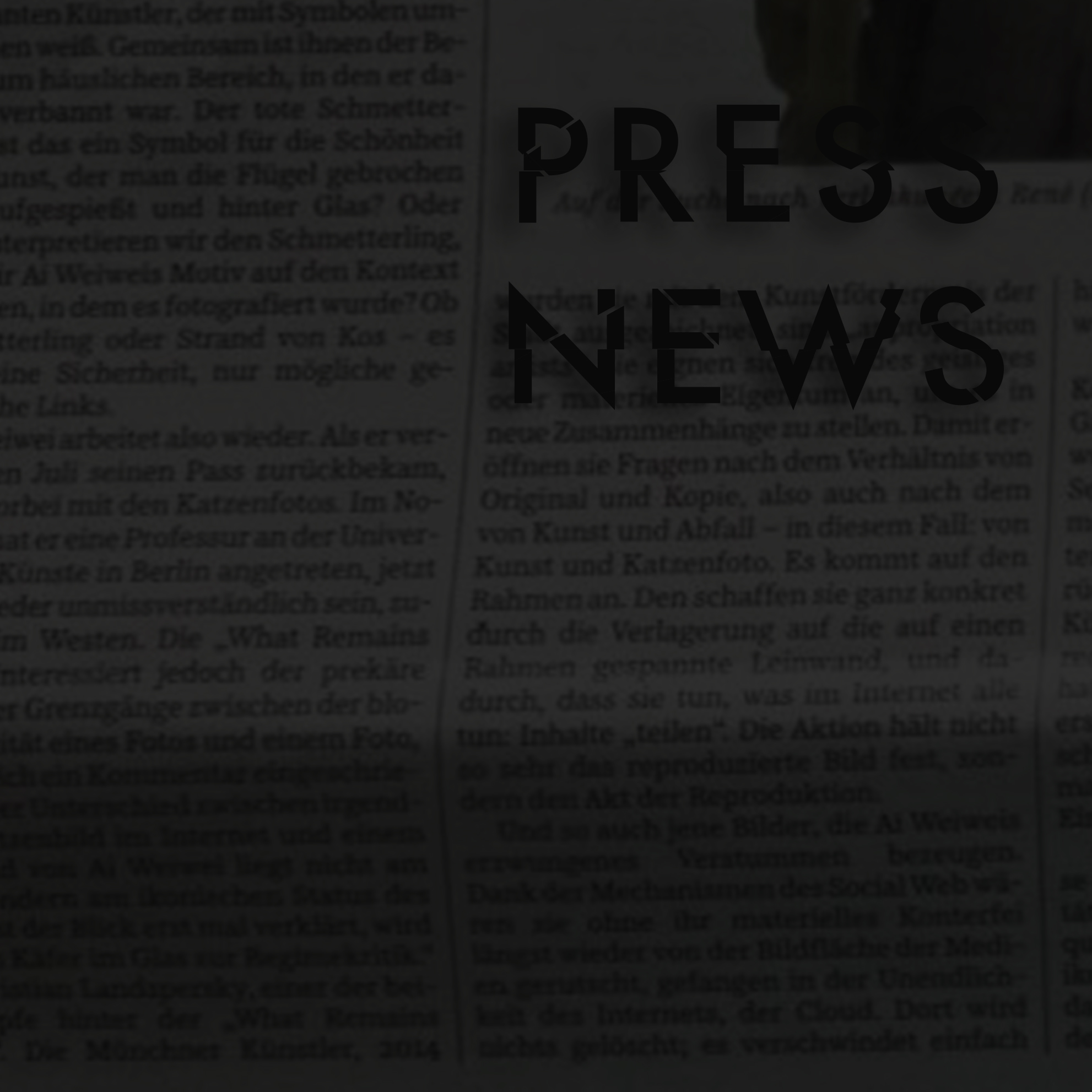
shows
LAWRENCE WEINER
Letters of Intent
Lawrence Weiner‘s declaration of intent must play an important role in any debate about his language sculptures. A work need not be produced by him, but in fact, could be produced by anybody. What‘s important is the artistic idea. This authority over the realization of the work, which is then assigned to the receiver, is crucial for us. Weiner makes an ideal test case for our ideas for two reasons. Firstly, because he leads to questions of authorship, and secondly, because of his focus on the question of the materiality of an art work to the point of absurdity. The realization of his language sculpture is characterized by its souvenir quality. In contrast, we insist on the thesis that the meaning and physicality of material extends far beyond a categorization as souvenir. We bring Weiner‘s sculptures into new contexts in order to pursue his objectivization of a thought and the relativization of the material as a signifier of meaning.
With the statement ARMEEN VON IRREN / URTEILE IM MOMENT VERORTEN (Armies of the insane / judgement located in the moment) we refer to Weiner‘s statement at Munich‘s Haus der Kunst: REIHEN VON KOHL MIT ROTER TINTE MARKIERT UND MORGEN VERGRABEN (Rows of cabbage marked with red ink and buried tomorrow)– with the difference that we placed the letters of his language sculpture ten meters lower, at direct eye-level, whereas he, in his discreet manner, set it above the roof, as if displaying it for the crows. We risk the absurd step of giving the letters a new ordering in the form of an anagram, in order to develop a new mean- ing from his language-sculpture. This anagram is juxtaposed with Munich‘s Siegestor (Victory Arch) and its statement ‚Consecrated for Victory, Destroyed by War, Exhorting the Peace‘ (DEM SIEG GEWEIHT, VOM KRIEG ZERSTÖRT, ZUM FRIEDEN MAHNEND). The arch has undergone a radical change during its history – from a symbol of victory to a monument for peace. Through the fluidity of interpretation, our work changes the symbolism without our acting upon the material.
Kunstpavillon is an interesting space for a work which was originally made for the Nazi-building Haus der Kunst. We transfer the material of Weiner‘s language-sculpture to another, smaller Nazi-building with historical parallels. However, we do not use language in the way that Lawrence Weiner did. The fascination for his work is derived from his thematisizing of sensuality, through the literal negation of the authenticity and the experience of his work. This idea of ‚what remains‘ becomes a tool, with which we try to sketch and define at a new level of meaning. Our intellectual analysis will thus function as a conceptual translation of the content of his linguistic creation. By reducing the material to its basic characteristics, the aesthetic power as symbol is revealed, as is the process, through which a sign must pass before it can be identified as a symbol. At the interface between art, myth and religion, the difference between semantic and semiotic is investigated, as is the isolation of the meaning from the signifier. What role does social change play in this, and to which criteria can we bind this excess of meaning, which seems to be a basic characteristic of all symbols? As far semantics – as a segment of semiotics – deals with the meaning of signs, it must be seen as the fluid moment within Weiner‘s work. This imparts the flexibility of reading to his language sculptures.
The installation at Kunstpavillon tries to detach Weiner‘s work completely from its semiotic quality as letters, to simultaneously allow it to form new signs suggestive of potential meaning.
In the Kolosssaal we wanted to disobey the presumption, that letters form words, which form sentences, which in turn document or prove a given thesis. In this sense we draw back to the physical materiality of the letters. Precisely through the act of physically working with the art work of another artist, the reception of this work is often changed dramatically. Working with Weiner‘s letters, we suddenly realized that an M weighs four times as much as, for example, an I, while you can carry two R‘s easily over your shoulder. Of course this changes the focus and the point of entry to a work, although it is just a simple matter of material-aesthetic quality. We underline the performative character by masking the language completely. The execution focuses on the formal criteria of space and material. Nonetheless, we create a layer of meaning, through which we trace, by means of the sacred character of the Kolosssaal, the sacred moment in Weiner‘s work and the perception of his personality as an artist. The letters meander into a simple ornament: Liberated of its semiotic meaning and reduced to a visual anecdote.
Artist Talk
August 28, 5 pm
WHAT REMAINS GALLERY would like to thank the following artists for their participation
AI WEI WEI . AKRAM ZATAARI . ALBERT HIEN . ANDREI MOLODKIN . ANDREW BLACKLEY . ARTHUR PAUL . BILL DRUMMOND . CATHY WILKES . CHRISTIAN PHILIPP MÜLLER . DANH VO . DANIEL BUREN . DAVID BLITZ . DUNCAN CAMPBELL . DUSTIN YELLIN . FRANZ LANDSPERSKY . FRIEDRICH KIESLER . FERNANDO SANCHEZ CASTILLO . GENERAL IDEA . IAN KIAER . KERSTIN BRÄTSCH . LAURE PROUVOST . LAWRENCE WEINER . LIAM GILLICK . LUTZ BACHER . MARKUS BENESCH . RICHARD JACKSON . ROY LICHTENSTEIN . SCOTT KING . SOFIA MONTENEGRO . TOBIAS MADISON . TOBIAS REHBERGER . WALID RAAD .

